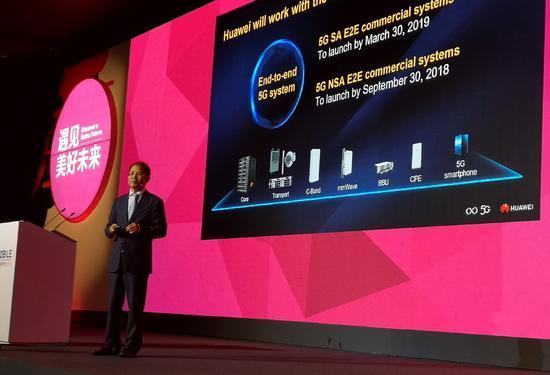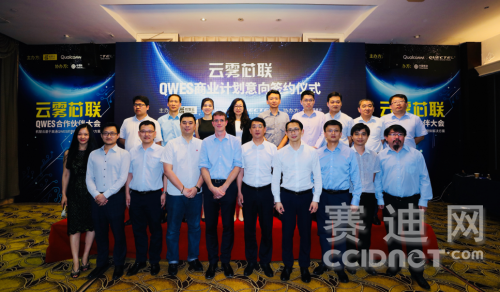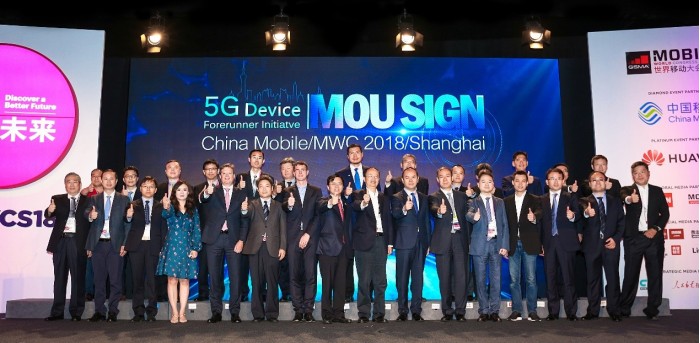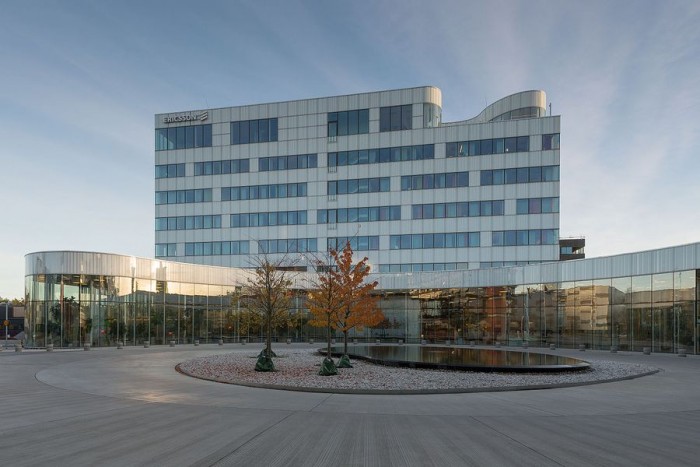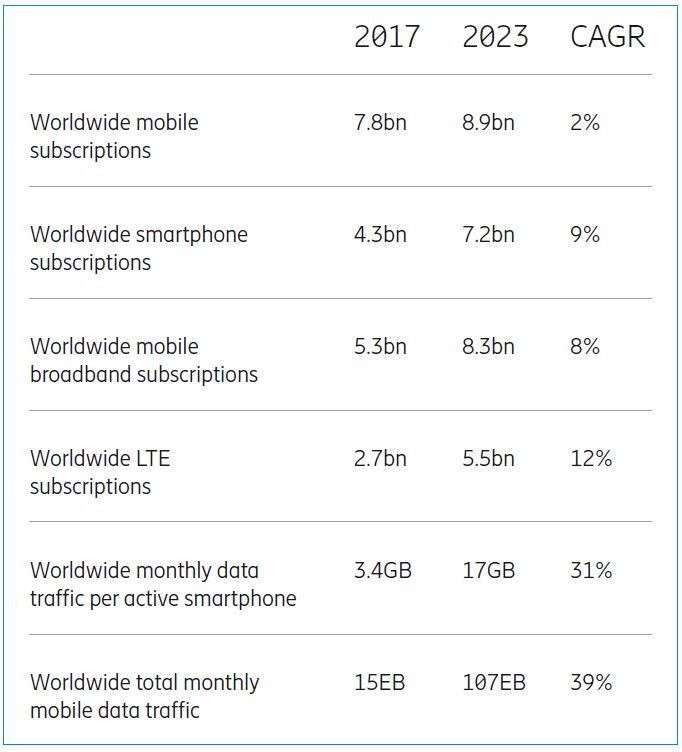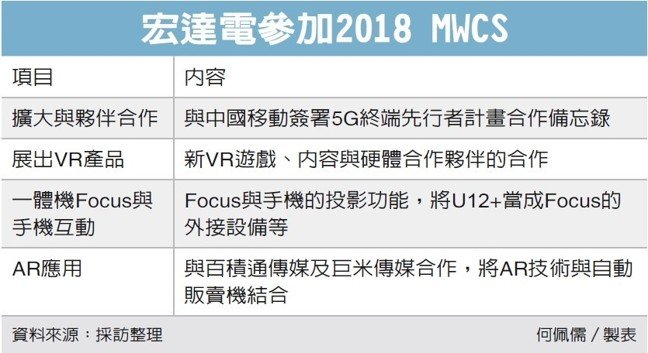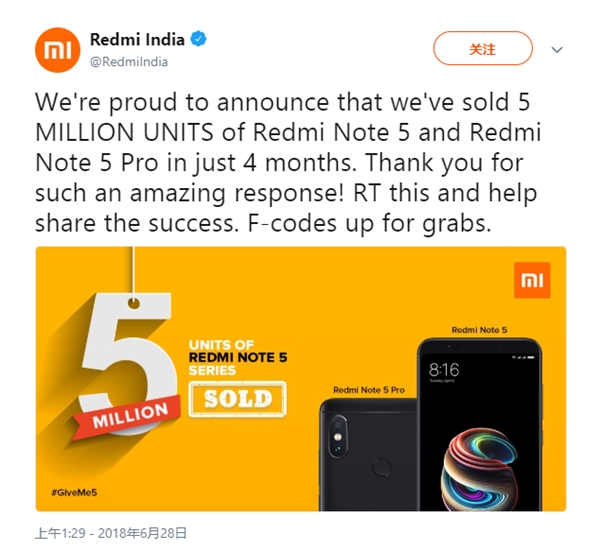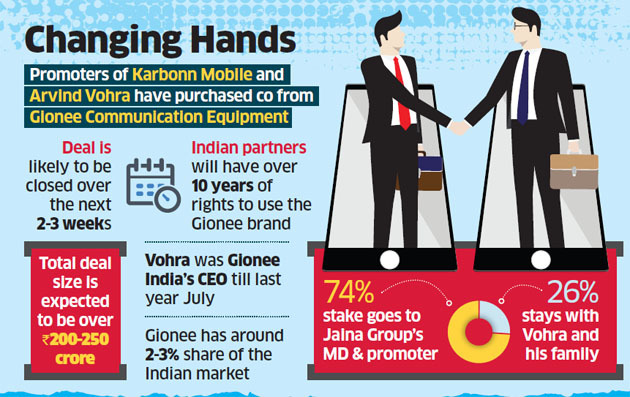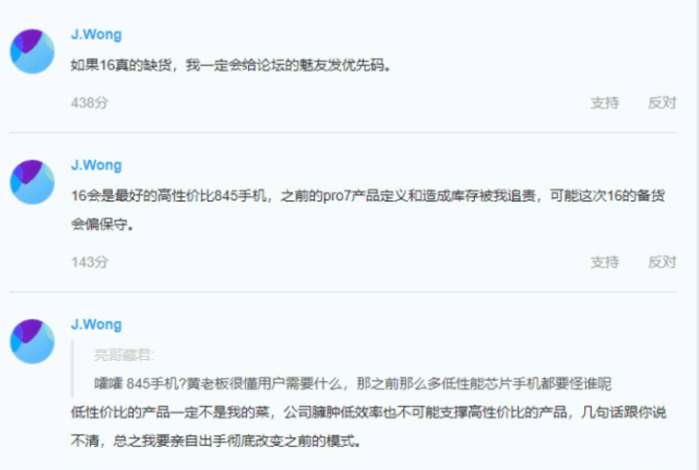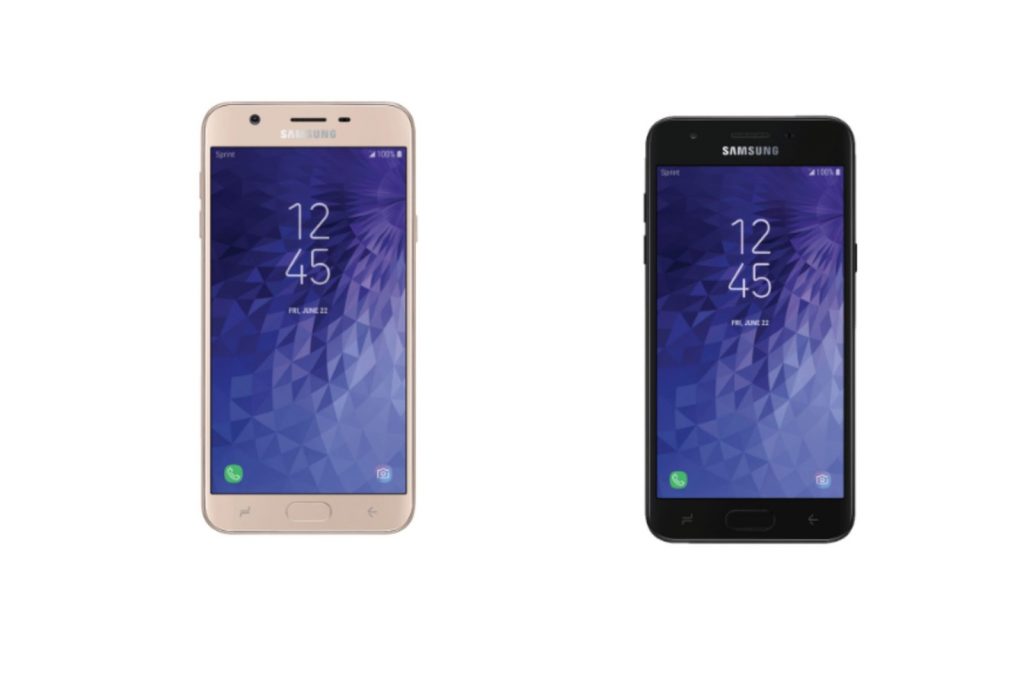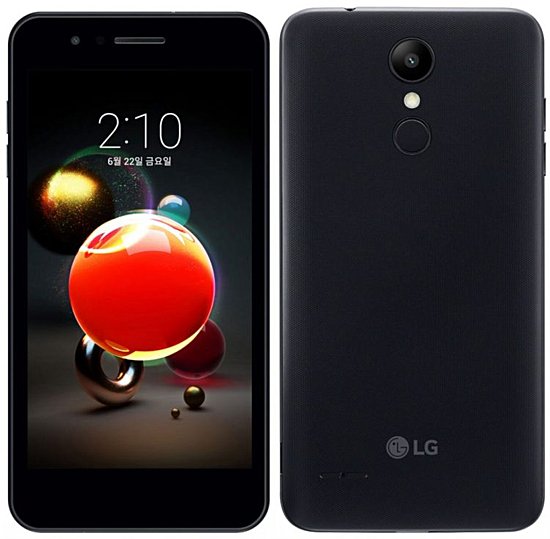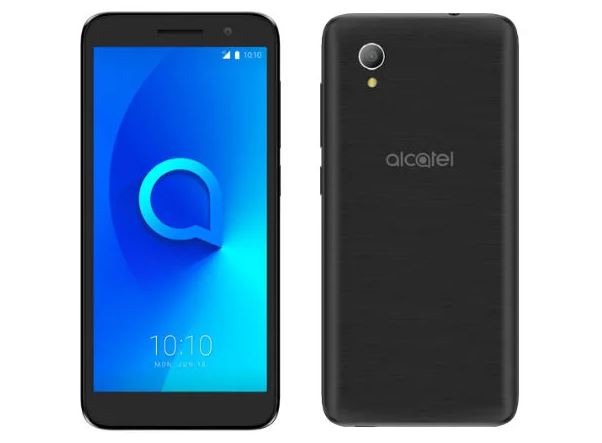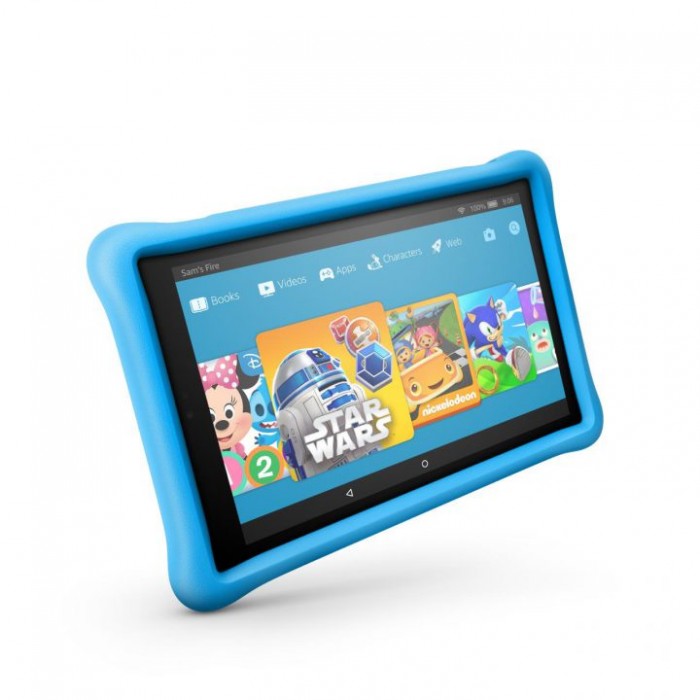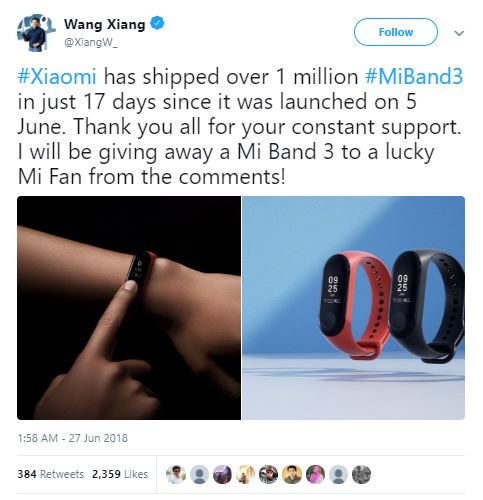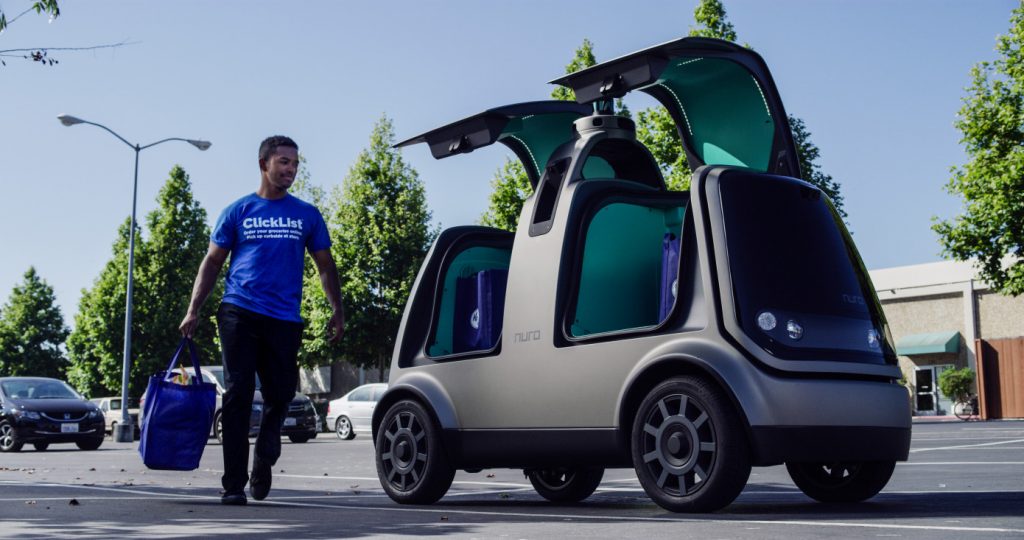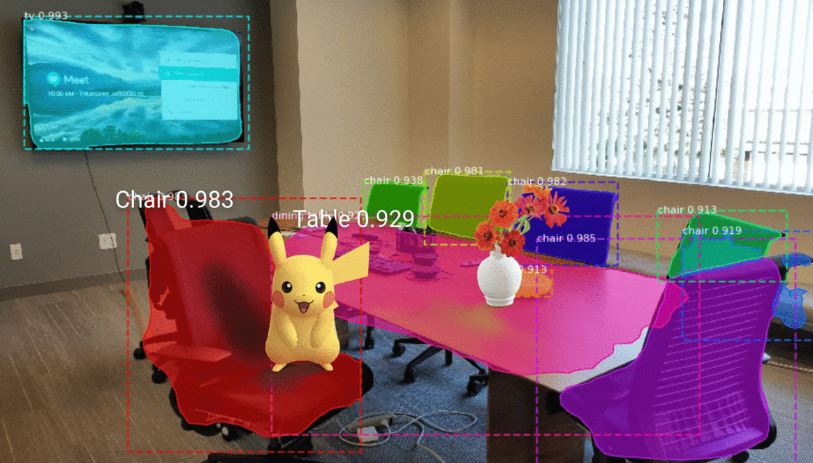
06-29: Huawei, OPPO and OnePlus to launch 5G phone in 2019; Gionee to sell its India business to Karbonn; etc.
Chipsets
To embrace the advent of the 5G era, Huawei plans to launch commercial 5G solutions as well as 5G chips for smartphones in Mar 2019, according to company rotating and acting CEO Eric Xu. The release of the 5G mobile solutions will enable Huawei to launch 5G-enabled smartphones in Jun 2019. (Digitimes, press, GSM Arena, The Paper, Sohu)
Qualcomm and Gizwits, a global leader in IoT development platforms, have announced their intention to create a breakthrough in IoT development solutions by working toward delivering the world’s first commercial 2G cellular modules with field upgrades to LTE IoT (eMTC/Cat-M1 and NB-IoT/Cat-NB1). (Android Headlines, PR Newswire, Qualcomm, Laoyaoba, CCIDNet)
GlobalWafers has reached a MoU with the government of South Korea for the silicon wafer company to expand production capacity at its local plant in South Korea, according to company chairperson Doris Hsu. GlobalWafers has struck a deal with a provincial government in South Korea for expansion of its local plant in Cheonan, South Chungcheong. GlobalWafers plans to invest a total of about KRW480B (USD449M) in the expansion, which is scheduled to take place by 2020. (Laoyaoba, Nikkei, UDN, CNA, Digitimes, press)
MediaTek has unveiled its first narrow band Internet of Things (NB-IoT) System-on-Chip (SoC), the MT2625, and announced a collaboration with China Mobile to build the world’s smallest NB-IoT module (16×18mm) around the chipset. (Laoyaoba, China Times, MediaTek)
Ericsson and MediaTek have announced a collaborative effort to extend the commercial ecosystem for NB-IoT devices. This announcement follows months of work by both companies to test and verify functionality of the MediaTek NB-IoT System-on-Chip (SoC) platforms for use with Ericsson’s Massive IoT network infrastructure. (Laoyaoba, UDN, China Times, TechNews, Digitimes, press, Telecom Paper)
Touch Display
LG Display (LGD) allegedly will be delivering 2M~4M OLED panels to Apple for use in a future iPhone. According to IHS Markit analyst Jerry Kang, securing a second supplier for OLED screens is crucial for Apple as it will allow the company to reduce its reliance on Samsung, which is currently the sole supplier. (Apple Insider, SCMP, Tencent, 51Touch)
BOE currently has 10 panel fabs, with currently building 2 Gen-6 AMOLED panel fab and 2nd Gen-10.5 TFT LCD panel fab. BOE’s Gen-10.5 will begin production in early 2018, aiming for 65” panel production. Currently, the prices of 65” LCD panels range from USD240~250. Lowering prices by 20% means that BOE will sell products nearly at cost. (CE.cn, 52RD, Sohu, Pulse News, Laoyaoba, Business Korea)
Apple is launching new iPhone equipped with LCD panel in 2018, which decreases the AMOLED orders for Samsung Display. This in turns causes over-supply of AMOLED panels, and driving the cost down. Thus, to save its AMOLED panel business, Samsung Display begins supplying AMOLED panels to Chinese vendors. (Laoyaoba, TechNews)
Camera
According to TF International Securities analyst Ming-Chi Kuo, Apple’s new iPhone in 2019 is going to equip with rear triple camera, which will drives the revenues for Largan Precision and Genius Electronic Optical (GSEO). Largan’s CEO Lin En-ping has confirmed that multiple camera smartphone will increase, and will become mass. (UDN, Laoyaoba, Forbes)
Storage
Tsinghua Unigroup is reportedly in advanced talks to acquire French smart-card components maker Linxens. Tsinghua Unigroup has been discussing a potential valuation of about EUR2.2B (USD2.5B) for Linxens. (Laoyaoba, Bloomberg, HQEW)
According to TrendForce, the contract prices of NAND Flash products have been decreasing for two consecutive quarters in 1H18 due to the traditional off-season and capacity expansion of 64/72-layer 3D NAND Flash. During this period, suppliers provided competitive prices for high-density products to boost the memory content per box, aiming to further improve the demand in peak season. Meanwhile, suppliers have postponed further plans of capacity expansion, hoping to moderate the price decline. (Laoyaoba, TrendForce[cn], TrendForce)
Sensory
Honda has revealed the 2019 Pilot and 2019 HR-V, adding more tech and more active safety systems to one of its largest, and one of its smallest, cars. The model year 2019 refresh means that the automaker now offers Honda Sensing, its suite of driver-assistance and safety technology, either as standard or as an option across its entire range. (CN Beta, SlashGear, Auto Blog, PR Newswire)
Connectivity
OPPO has announced signing MoU with China Mobile, supporting “5G Device Forerunner Initiative” locking first wave of 5G devices. OPPO SV Wu Gang indicates that with the initiative, OPPO will match the China Mobile testing requirements, and collaborating with supply chain upstream and downstream to launch commercialized 5G phone in 2019. (ZOL, CN Beta, IT Home)
Ericsson is expanding its Pune manufacturing facility to start export of telecom equipment by end of 2018 to other Asian countries at a time when its Chinese rival Huawei has stopped local assembling and has resorted to imports to meet slowing demand due to rapid consolidation in the industry. India became the second largest revenue contributor for Ericsson in 1Q18, overtaking China. (Laoyaoba, Economic Times)
Ericsson CEO Borje Ekholm reveals that Ericsson has about 50% of 5G contracts worldwide. He also reveals that large scale 5G commercialization will be in 2020, and China will be the main driver, and operators should prepare well for 5G. (CN Beta, Ericsson, report)
HTC and China Mobile have announced signing a 5G Devices Forerunner Initiative, with the companies to work together on accelerating the production and deployment of 5G devices and infrastructure in China. (China Times, UDN, UDN, ZDNet)
OnePlus CEO Pete Lau has revealed that OnePlus would be making a 5G-capable handset in 2019, something that US carriers are also rolling out in 2019. (CN Beta, VentureBeat, Extreme Tech, Forbes, PC Mag)
Phone
Xiaomi has announced that the Redmi Note 5 and the Redmi Note 5 Pro have cumulatively amassed over 5M in sales. Both phones made their debut back in Feb 2018. (Android Central, My Drivers)
Gionee is changing hands in India with promoters of handset maker Karbonn Mobile and Gionee India’s minority shareholder Arvind R Vohra buying out the Indian arm and entering into a long-term brand licensing deal, 3 senior industry executives said. They expect the total deal size to be INR200-250 crore including INR125 crore to be paid outright for brand licensing. (Laoyaoba, HQEW, CCIDNet, 36Kr, Economic Times, The News Minutes)
Meizu founder Jack Wong admits that to being in charge of the Pro 7 series and its inventory during production. He also added that, following the failure of the Pro 7 series, they will be more conservative regarding the Meizu 16 slated for an Aug 2018 release. (CN Beta, Sina, JRJ, Gizmo China)
Cashify, a company that buys and sells used smartphones, has announced a USD12M Series C round. Chinese funds CDH Investments and Morningside led the round which included participation from Aihuishou, a China-based startup that sells used electronics in a similar way to Cashify and has raised over USD120M. (TechCrunch, Times of India, Entracker, Baijing, Ebrun)
Amit Daryanani of RBC Capital Markets indicates that Apple’s original-video efforts and its Apple Music service could lead to between USD10B~12B in annual revenue 3 years from now. (Market Watch, Daily Mail, CN Beta)
Samsung is launching 2 phones at US carriers Boost Mobile and Sprint: Galaxy J7 Refine – 5.5” HD TFT, Samsung Exynos 7884, rear 13MP + front 13MP, 2GB+32GB, Android 8.0, 3300mAh, USD229. Galaxy J3 Achieve – 5” HD TFT, Samsung Exynos 7884, rear 8MP + front 5MP, 2GB+16GB, Android 8.0, 2600mAh, USD129. (Android Headlines, Samsung, Samsung, Sam Mobile, Sprint)
LG X2 is launched in Korea – 5” HD, quad-core Qualcomm Snapdragon, rear 8MP + front 5MP, 2GB+16GB, Android 7.1.2, 2500mAh, KRW198K (USD175). (CN Beta, LG, Android Authority, GSM Arena)
Alcatel 1 Android Go is launched – 5” 960×480 qHD+ FullView, MediaTek MT6739, rear 5MP + front 2MP, 1GB+8GB, Android 8.1, 2000mAh, USD89 / EUR79. (Gizmo China, GSM Arena, Alcatel)
PC / Tablet
Amazon Fire HD Kids Edition is announced – 10.1” 1920×1200 FHD, 1.8GHz quad-core, rear 2MP + front VGA, 2GB+32GB, up to 10 hours of usage battery life, GBP200. (Pocket-Lint, Amazon, GSM Arena, Android Police)
Wearables
Wang Xiang, Senior VP at Xiaomi, boasted that the company managed to reach 1M shipments of Mi Band 3 wristband in just 17 days. Mi Band 3 costs CNY169 (USD25). (GSM Arena, Twitter, Gizmo China, Sina, Sohu, Apple Daily)
Augmented / Virtual Reality
Niantic Labs, the development team behind Pokémon Go, has announced that it will now allow third-party developers to use its AR technology. Niantic’s AR tech is called “Real World Platform“”, and it uses a combo of computer vision, object recognition, and depth detection to create for augmented reality experiences. (Android Authority, Android Central, Niantic Labs, CNET, Tencent)
Xiaomi has announced its open source AI project, Mobile AI Compute Engine (MACE), and the company is inviting developers to participate in it so that everyone can benefit from this program. MACE is officially released on 15 Dec 2017. (GizChina, Leiphone, JRJ, Github)
Automotive
Lyft has raised USD600M in a new funding round led by Fidelity Management, doubling the ride-hailing firm’s valuation to USD15.1B in little over a year. (Android Headlines, Fortune, Reuters, SCMP, Tencent, 163)
Nuro, a self-driving startup, has arranged a big debut for its little autonomous vehicles with plans for an on-demand grocery delivery pilot program with supermarket giant Kroger. The partnership comes as Korger continue to tackle the expensive challenge of “last mile delivery” — the final step in getting a product to a shopper’s home. (TechCrunch, Forbes, CNBC, VentureBeat, CN Beta, Sina)
Artificial Intelligence
Facebook is using machine learning to self-tune its myriad services. Facebook’s Spiral is a system for self-tuning high-performance infrastructure services at Facebook scale, using techniques that leverage real-time machine learning. (TechCrunch, Facebook)
